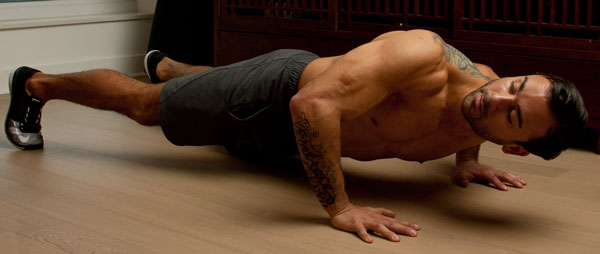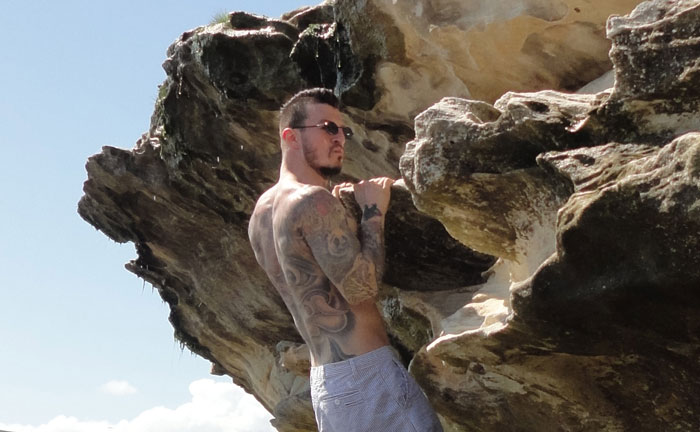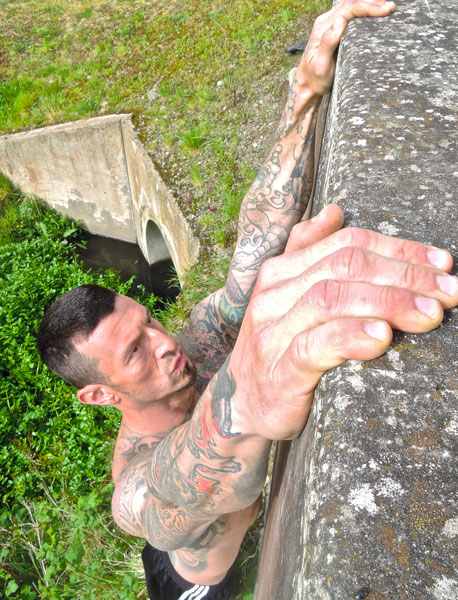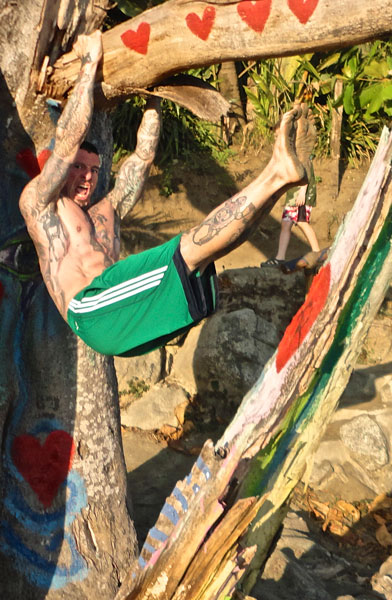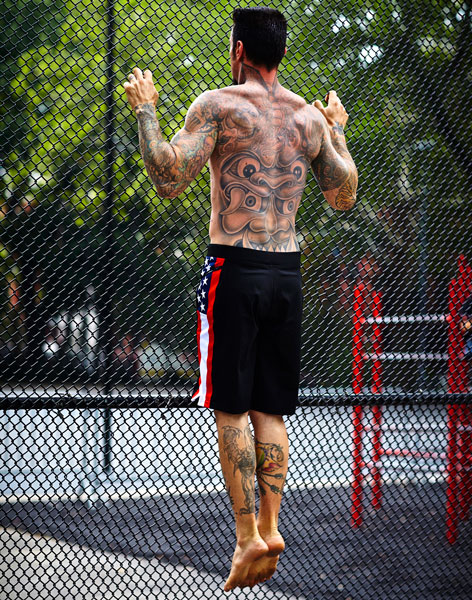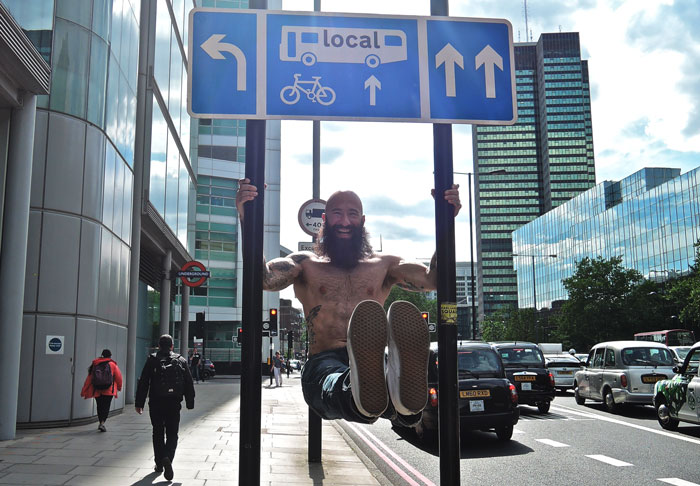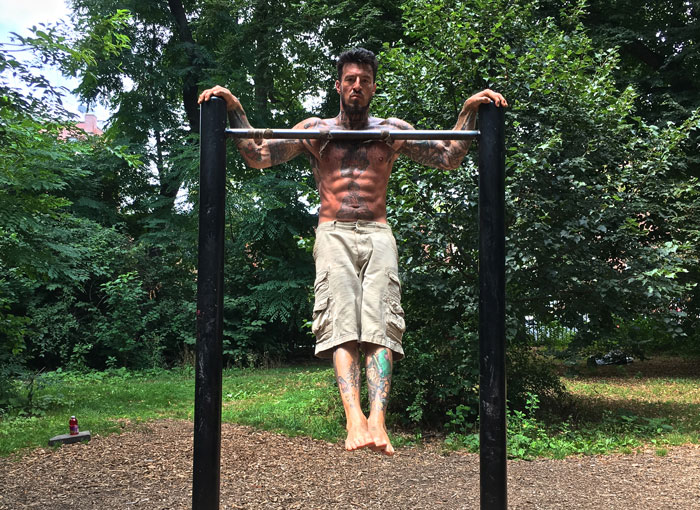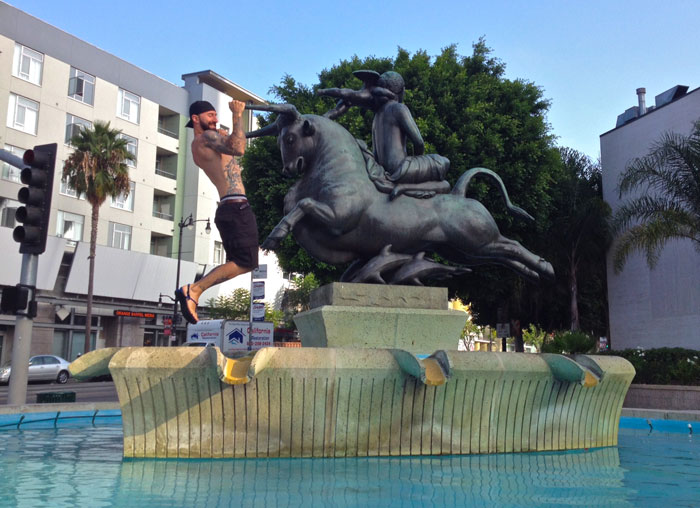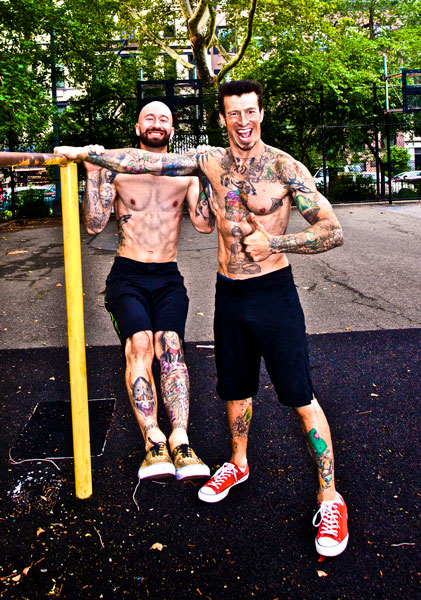
All too often, a person’s mindset toward training can be superficial. Most people who work out are focused on improving their physical appearance, or achieving a personal accomplishment.
So what happens when this mindset is turned on its ear, and you are instead faced with uncertainty due to extreme adversity? Do you become defined by a diagnosis? Do you shut down and give up?
October is breast cancer awareness month, and statistics show that 1 in 8 U.S. women will get diagnosed with invasive breast cancer in their lifetime. I personally can’t think of anything that signifies adversity more than receiving a cancer diagnosis.
Among many clients with many great stories, I’ve had the honor to train with three women that not only endured a breast cancer diagnosis and treatments, but did so with strength and poise. I met and started training with two of them post-treatment, while the third was diagnosed after she had already been training with me.
None of the three were defined by a diagnosis or allowed themselves to become victims. Instead, they each went on their own introspective journey to determine what was really important and find their purpose to persevere. Essentially, it came down to longevity and maintaining independence. Calisthenics training was at the top of the list to achieve these goals.
Why calisthenics? I decided to ask my three clients (Denise, Lori, and Ginny) for their thoughts on why they train.
Denise Mackey-Natz is a salon owner, wife, and mother:
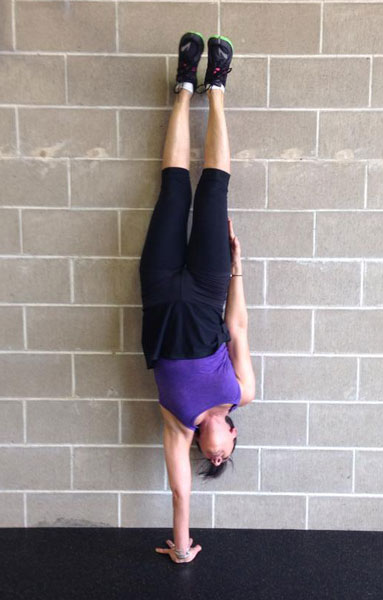
“I went through breast cancer and treatment July 3 – December 31, 2009. I had a lumpectomy and 8 rounds of chemo followed by 25 radiation treatments. It’s crazy to say, but that was the “easy” part for me because I always had an end date in mind to keep me focused. In February of 2010 I started tamoxifen for 5 years every day. This was the hardest part of my journey because the end date was so far away. In early spring a dear friend of mine convinced me to train with Benji. I truly believe that this saved me! My body was so weak. Regular visits with Benji have not only helped my body get stronger, but also my mind! And the friendships I have made throughout my workout journey will last forever. My husband and I even go one night a week together. It is our date night and we look forward to it every week!”
Lori Eklund Walsh is a therapist and mother:
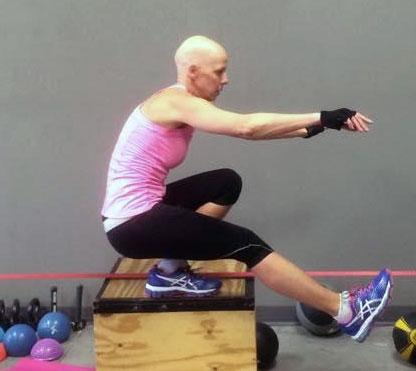
“Throughout a variety of stressors and challenges the past few years, I have used my ability to maintain my workout routine as a benchmark for how well I am managing. In my mind, if I can’t get up and go to boot camp, I’m in trouble, need to take a serious look at what is going on, and make lifestyle adjustments accordingly. This was never truer than this past year after having been diagnosed with breast cancer. My goal was to not let the cancer and my treatment interfere with day-to-day life. Being able to continue my regular workout routine was paramount to maintaining my health and sanity. My Tuesday-Thursday workout group provided me with a supportive, encouraging, caring community that helped keep me motivated and grounded. People said I was an inspiration, but really, they were my inspiration. They told me I was beautiful when I showed up bald after losing my hair. They told me I was strong when I felt drained and weak. They laughed with me and cried with me, but most of all they welcomed me, accepted me, and just loved me.
I don’t have any scientific proof of the benefits of maintaining my activities at the level I did. But I firmly believe that the cross-body movements, balance, strength building, focus, and coordination applied from my calisthenics training helped keep me motivated, improved my mood, increased my stamina, minimized the size-effects from the treatments, and aided in memory and concentration. I was fortunate to have been in pretty good overall health at the time of my diagnosis, and even more fortunate to have been able to be with a group of people who were instrumental in helping me stay healthy during the course of my treatment. “
Lastly, Ginny is a widow, mother, grandmother, and all around bad-ass:
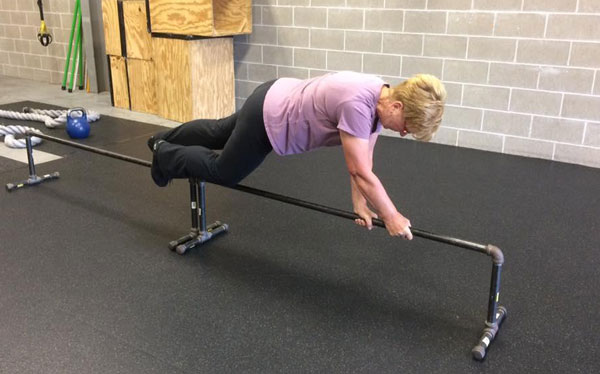
“I was diagnosed with breast cancer in 2008, resulting in a mastectomy. After just returning from my checkup, I can report once again that I am still cancer free and in good physical shape. This did not happen by not being proactive. When first learning of my cancer, my doctor emphasized how very important it will be to maintain a regular exercise program, along with good nutrition, and weight control. Exercise has made a huge difference in my life. As my doctor said, it plays a big part in producing antioxidants in my body, which is so important. Daily exercise and good nutrition keep me mentally and physically healthy. This regimen is not just for those of us who have been diagnosed with cancer, but very important for everyone as a preventative measure.”
What drives you to train? I encourage you to look deep inside to identify your true purpose, and I hope it’s never due to the need to overcome extreme adversity.
****
Benji Williford, PCC, RYT, CF-L1 is a Personal Fitness Trainer located out of Eau Claire, WI. Benji believes that, “A successful fitness program is based on positive dialogue between the mind and body.” He can be reached through his website: http://www.benjiwilliford.com/, or by email: Benji@ChainReaction-Fitness.com.
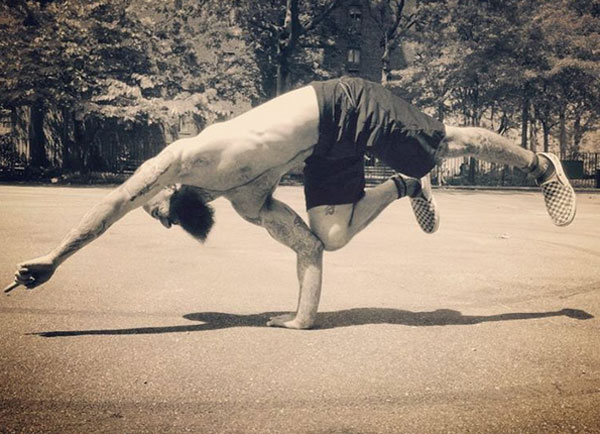
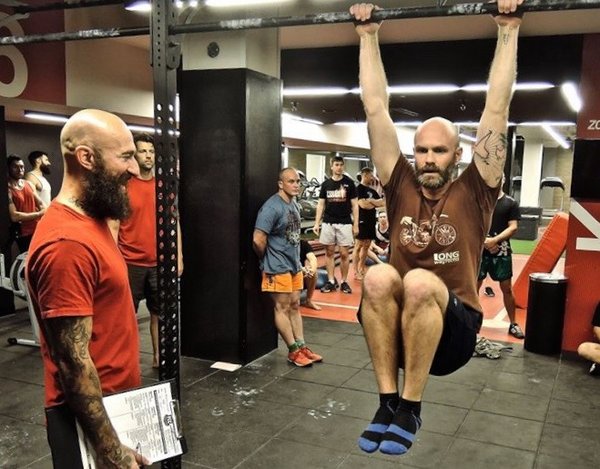
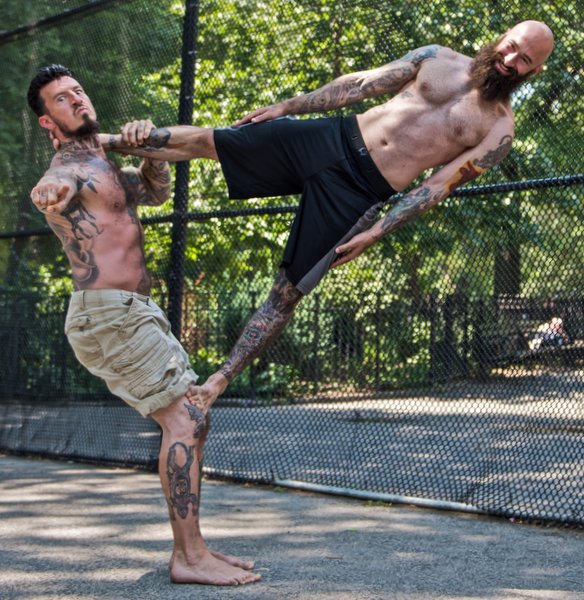
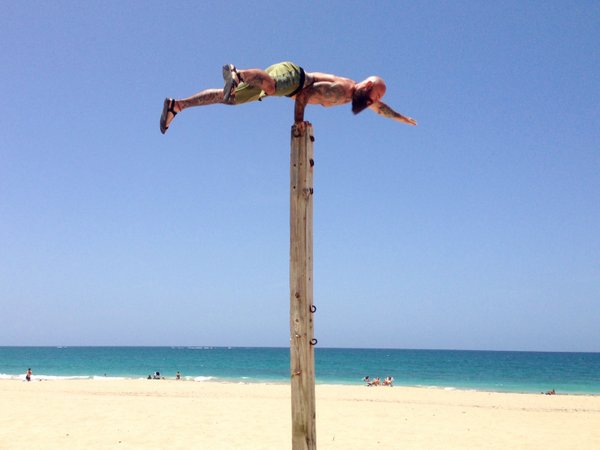
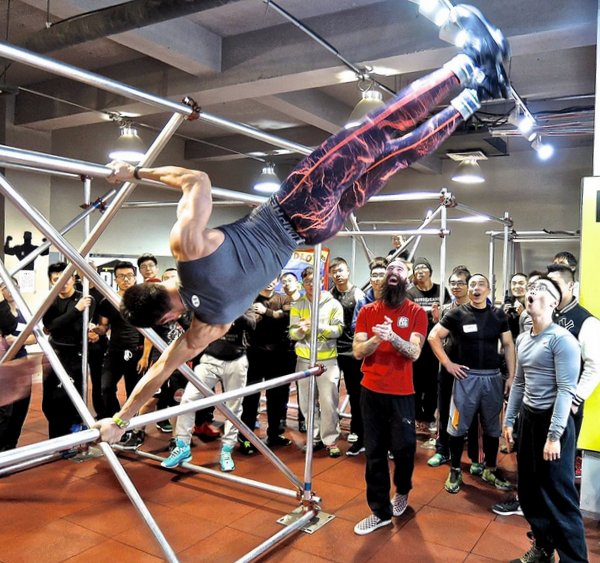
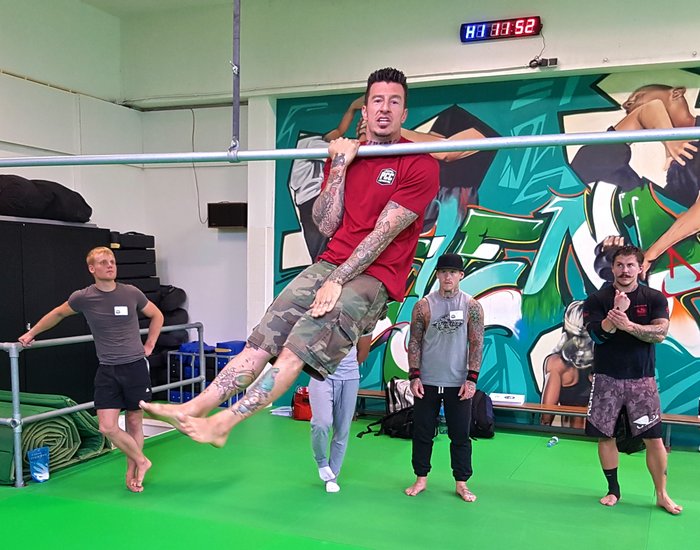
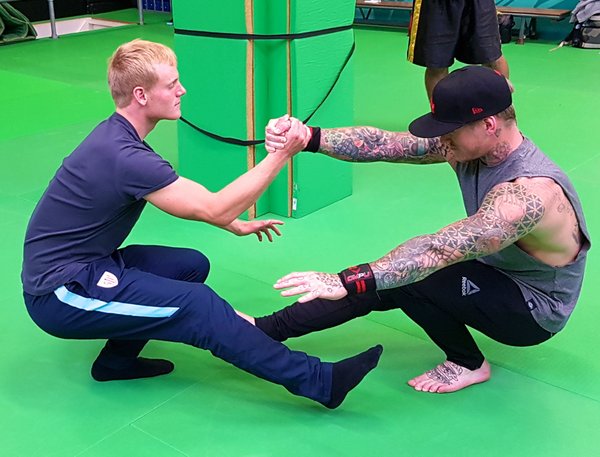
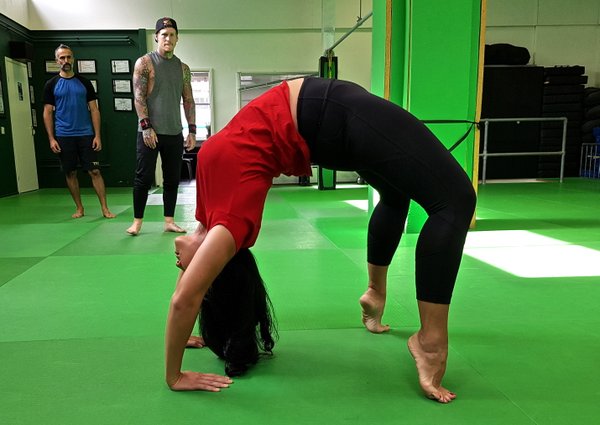
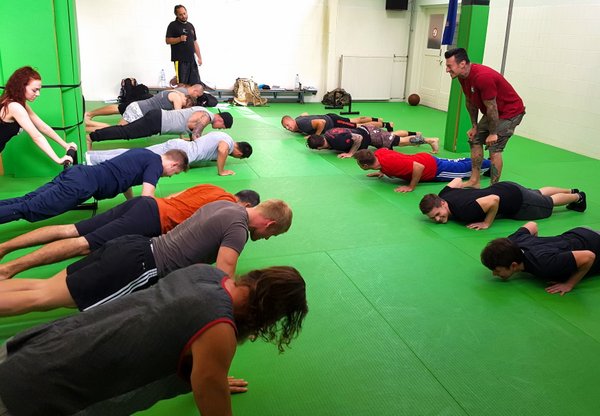
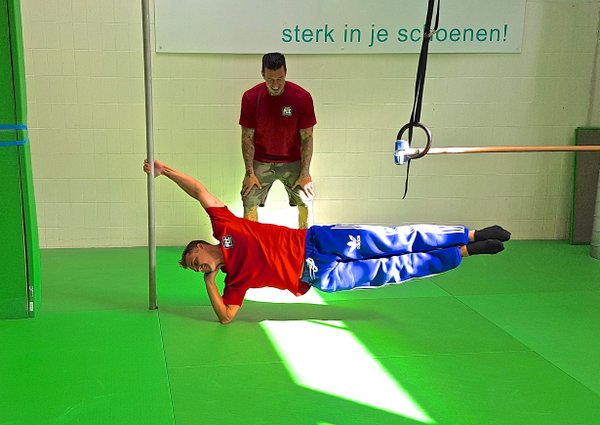
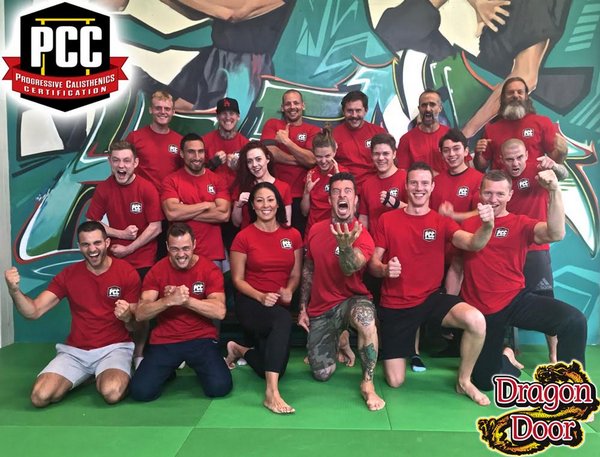
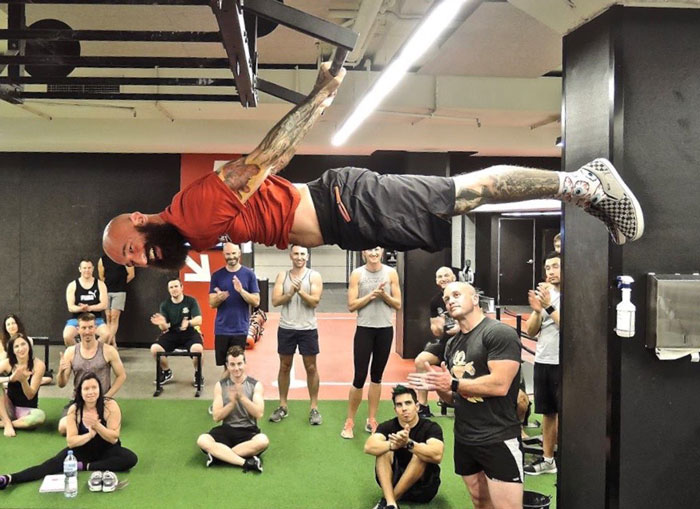
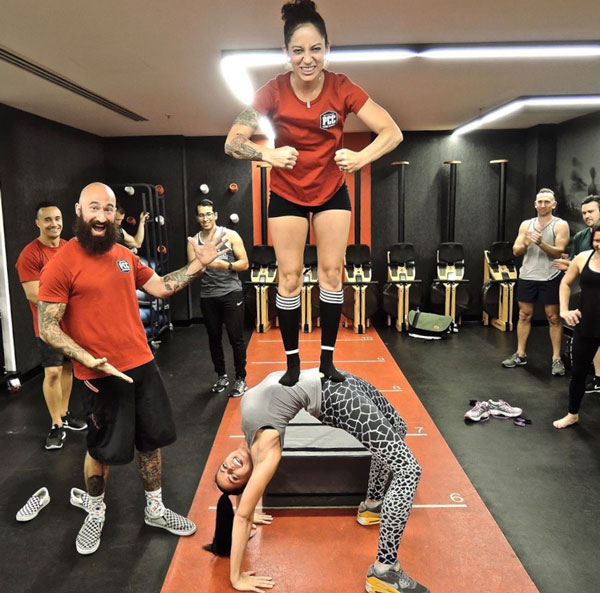
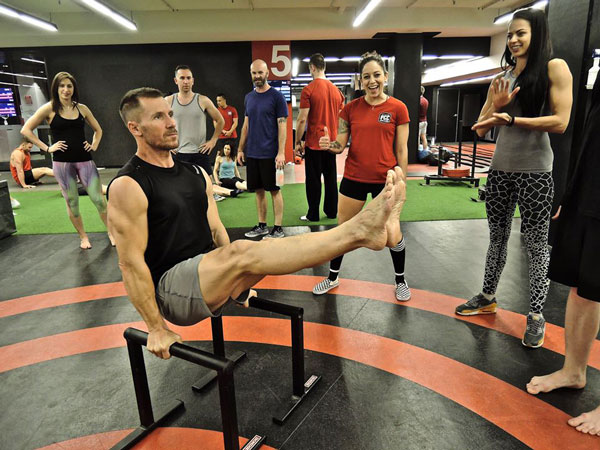
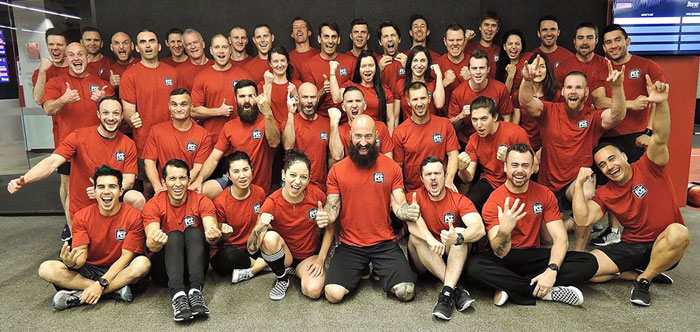

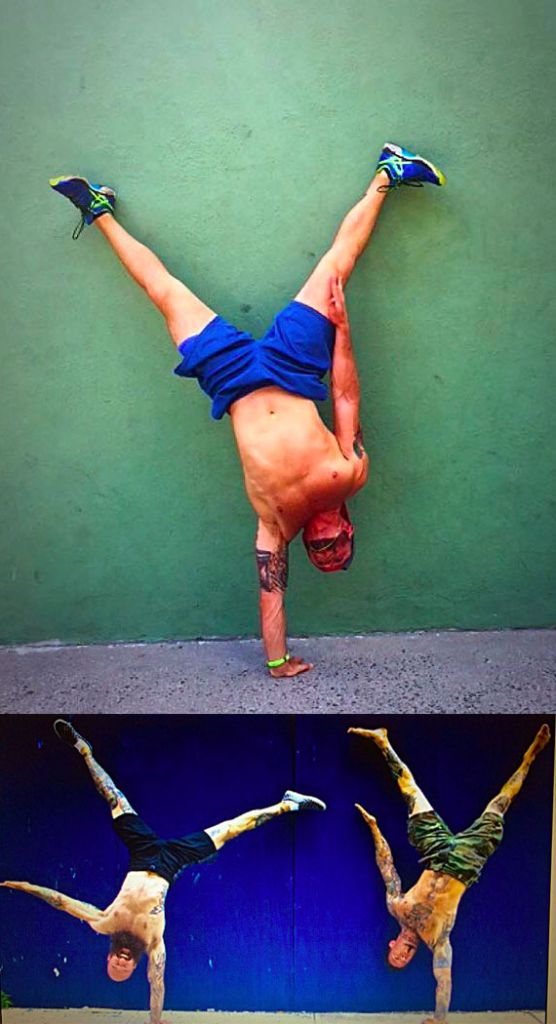
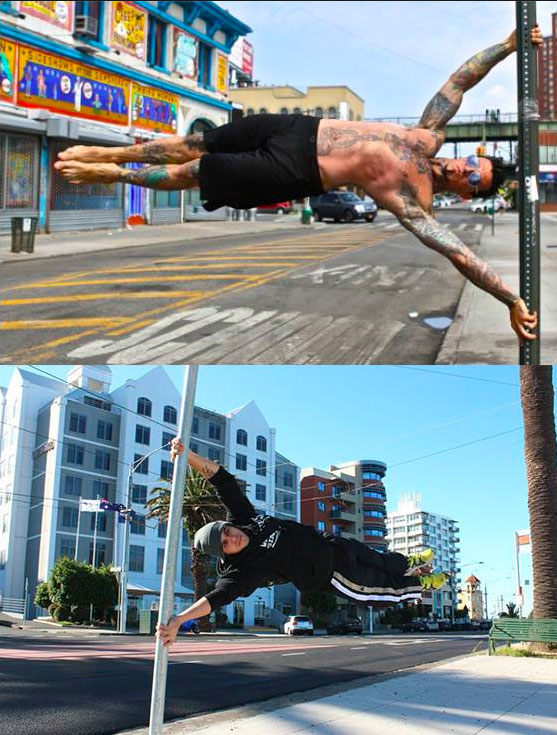
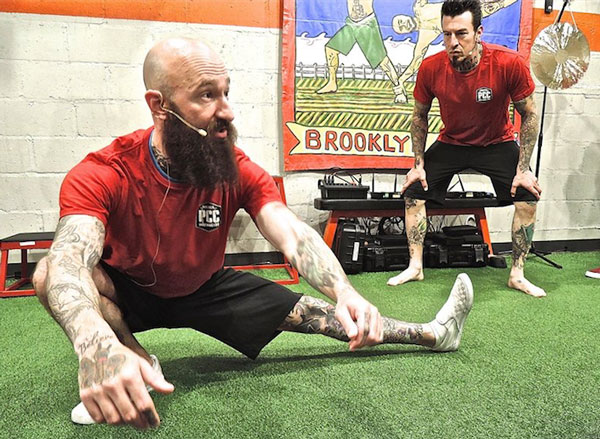

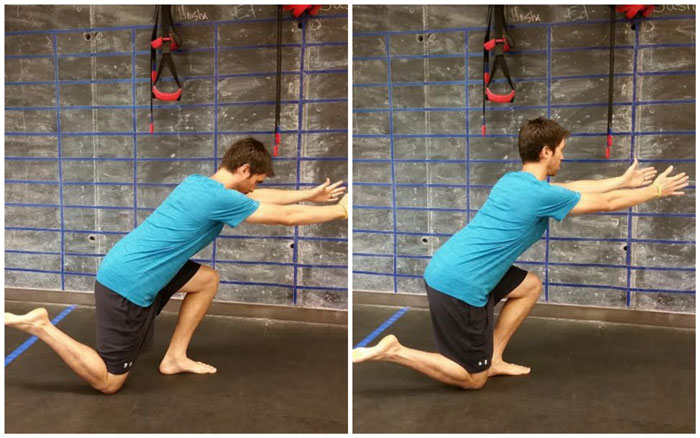
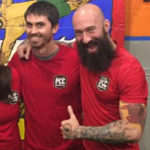 At the end of the day, my goal is to become the best version of myself possible, and to help further others in their own journeys. My hope is that you might take notice of this post and give your own squeaky wheels some grease. Because let’s be honest, we’ve all got them! And don’t forget to keep it simple.
At the end of the day, my goal is to become the best version of myself possible, and to help further others in their own journeys. My hope is that you might take notice of this post and give your own squeaky wheels some grease. Because let’s be honest, we’ve all got them! And don’t forget to keep it simple.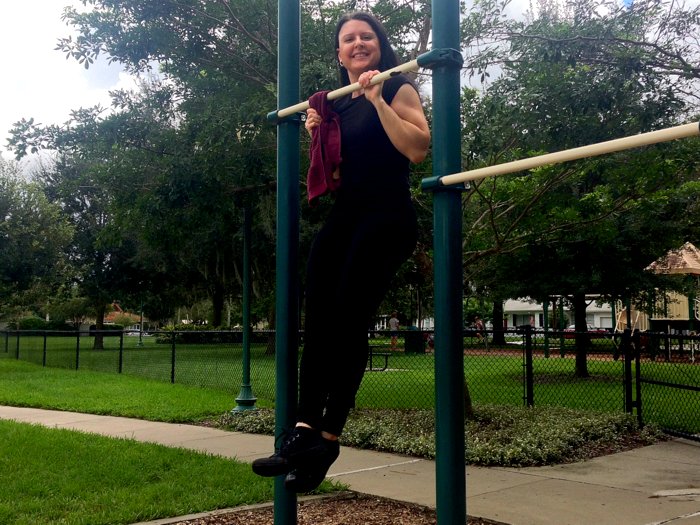
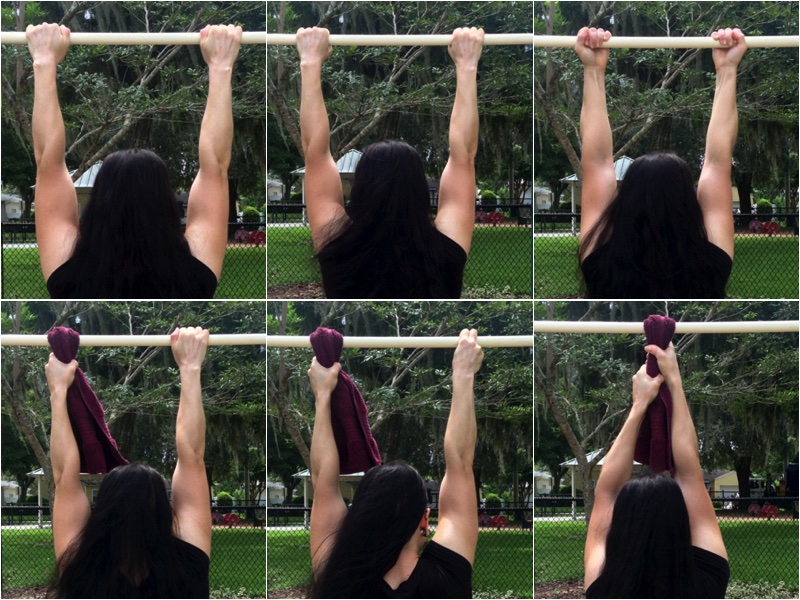
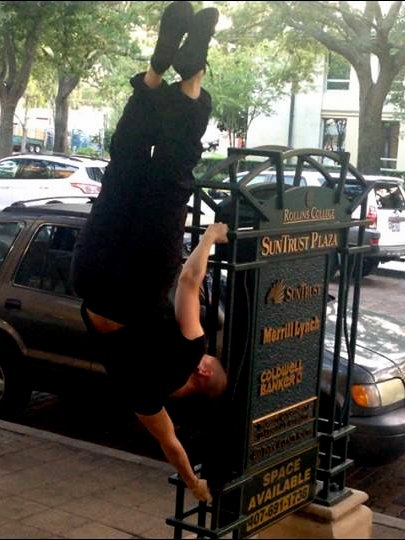
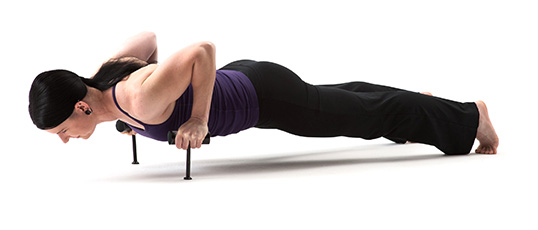 Your Grip = Your Health?
Your Grip = Your Health?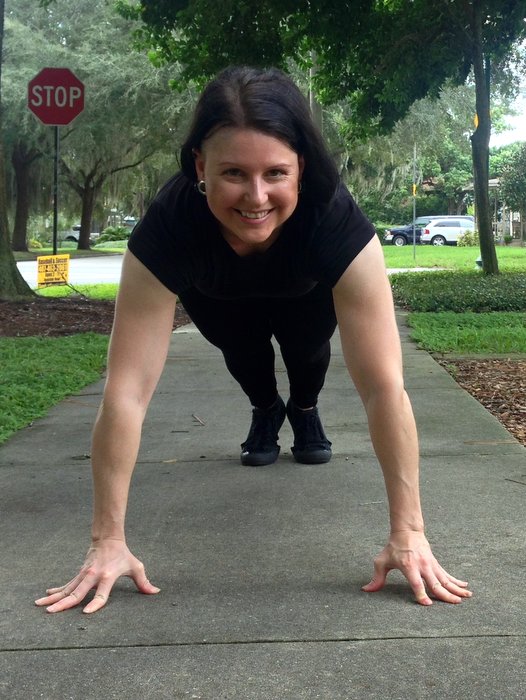
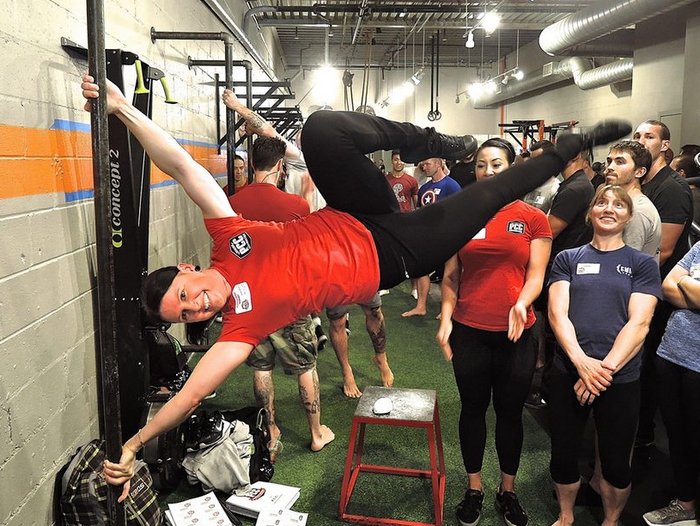
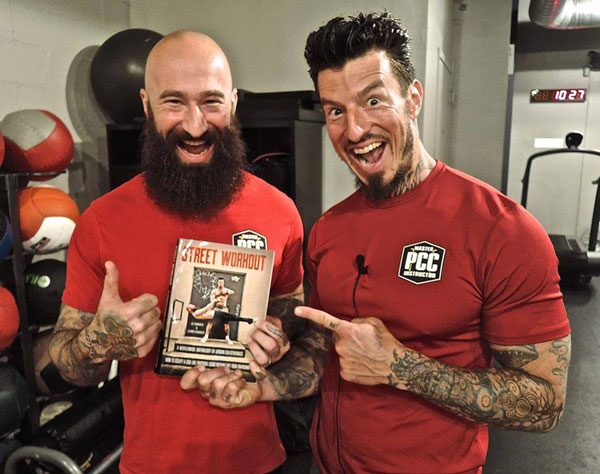
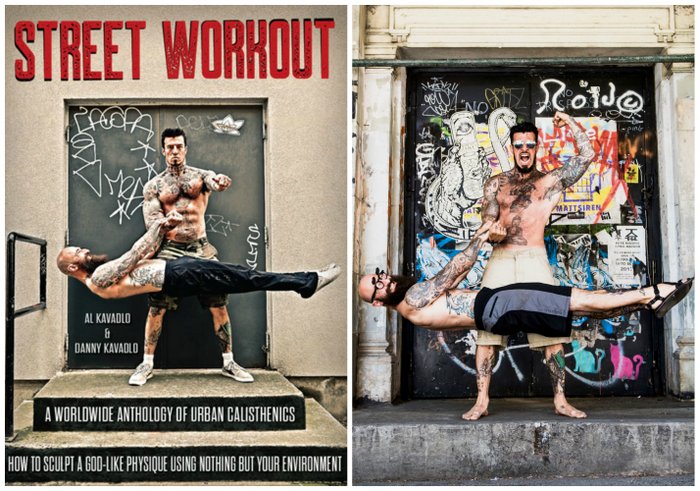
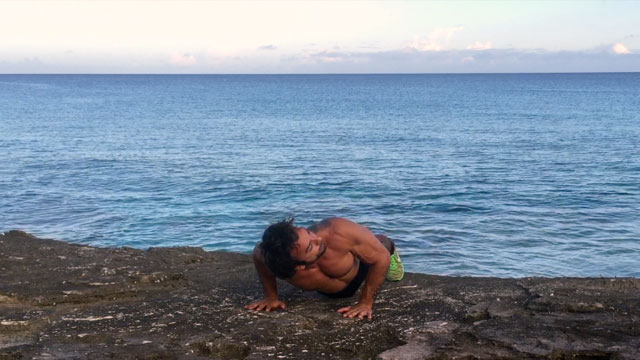
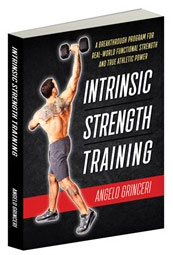
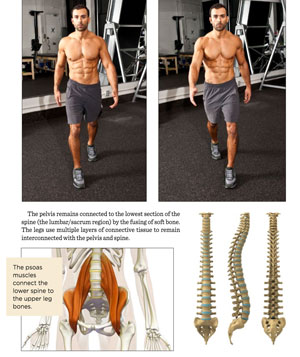 Our multifaceted, dynamic body moves in three dimensions with every step we take. The standard function of walking requires a synergistic rotation of the shoulders, spine, and hips. Whenever watching the body move, the transverse plane will always be in “plane” sight.
Our multifaceted, dynamic body moves in three dimensions with every step we take. The standard function of walking requires a synergistic rotation of the shoulders, spine, and hips. Whenever watching the body move, the transverse plane will always be in “plane” sight.
